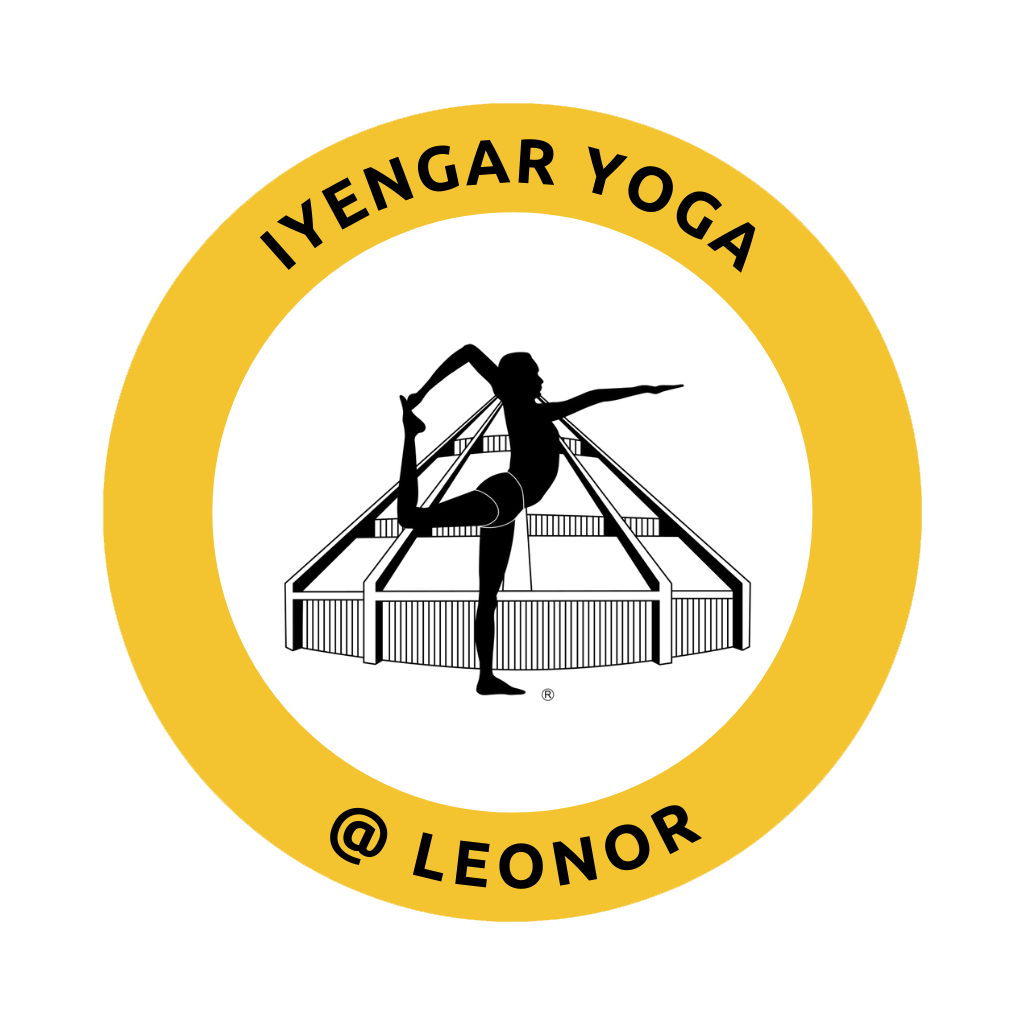FREQUENTLY ASKED QUESTIONS
1. What should I wear?
Wear shorts or leggings and a t-shirt (if possible of a light colour). Baggy trousers are not recommended.
In cold days bring a warm sweater for the end of class.
If you perspire easily bring a small towel.
Yoga is practiced in bare feet and without socks.
2. Do I need to take any equipment or mat?
There is no need, but you can bring your own equipment: mat, belt, brick, blanket, and whatever you need.
3. How many times a week should I practice?
You should start with 2 classes per week /online and/or in real presence) to feel the benefits of a regular practice. We strongly recommend that apart from the classes you start your own personal practice at home. Your progress will depend on a regular and consistent practice.
4. What are the benefits of yoga?
Yoga increases flexibility and strength and improves posture.
Most people feel more energy and an improvement in the quality of life.
Regular practice enhances awareness and helps to achieve emotional stability and inner peace.
5. Can I eat before a class?
It is important that you practice on an empty stomach. No, you should not practice after eating.
You should wait 2 to 3 hours after a meal and about 1 hour after a light snack.
6. Can I practice yoga during pregnancy?
Yes, if you are on your second or third trimester.
If you have never practiced yoga, do not start during the first trimester. From that on it will be very beneficial to practice yoga. If you are pregnant always inform your teacher so that he/she can adapt the practice to your needs.
7. I suffer from back pain. Will yoga be good for me?
Definitely. Many people start to practice yoga due to common back ailments and they say that yoga has given them back quality of life. You should, however, always inform your teacher of any back problems (or other) you have when you enroll so that your teacher chooses the best practice for you.
8. What makes IYENGAR® Yoga different from other yoga styles?
The IYENGAR® method focuses mainly on the development of strength, endurance and correct body alignment. Also works flexibility and relax. It focuses mainly on standing poses that make legs strong and increase vitality, improve circulation, coordination and balance. IYENGAR® Yoga is meditation in action. As the students make the poses, the mind has to be focused on the actions of that pose and in the movement of breathing. And as mind unites with the body and the breathing, the student enters a meditative state. Self-knowledge happens through the realization and letting go of normal states of tension and psychological resistance. With the regular practice, the student's ability to relax and concentrate improves allowing a greater self-awareness.
9. How does an IYENGAR® class work?
We start with an invocation to Patanjali, which serves the purpose of calling the presence, the spirit of the one who gave us Yoga, call him to be there in our mind. It is for as long as we are there, and from the very beggining of the class, to turn off the street, our life outisde of that space where we are, turn off of all the situations of our context that bring us some kind of stress… turn off of everything and just be there, present in the moment, in the here and now. We do that invocation, which has this meaning:
yogena cittasya padena vaacaam malam sariirasya ca vaidyakena
yo’paakarottam pravaram muniinaam patañjalim praañjaliraanato’smi
aabaahupurusaakaaram sankhacakraasidharinam
sahasrasirasam svetam pranamaami patañjalim
hari om
To the noblest of sages, Patanjali, who gave us yoga for serenity of mind, grammar for purity of speech and medicine for the perfection of the body, I salute. I salute before Patanjali whose upper body has a human form, whose arms hold a conch, and disc and a sword, who is crowned by a thousand headed cobra. Oh incarnation of Adisesa my humble salutations to thee.
hari om
After this introduction, a class has, in general, three key moments:
1) we start with streching, with asanas to strecht the whole body;
2) we then pass to the main focus of the class, the subject the teacher chose to explore (it can be standing asanas, forward bends, backward asanas, invertions, pranayama, …);
3) in the end, we slow down again the rythm of the class, entering in a relaxation mode, ending usually with savasana. And this is it!

